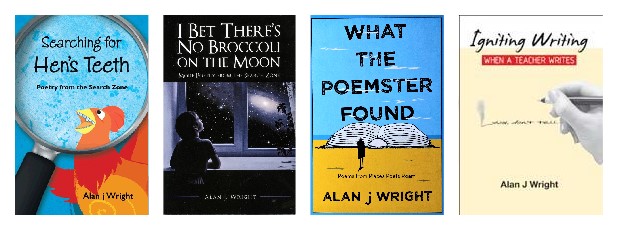Lunes are poems in a package. They are not limited to specific subject which makes then different to haiku. They have no necessary association with nature or seasons. Their structure is : Three lines First line – 3 words Second line – 5 words Third line – 3 words Examples: Think of me As a ballerina quietly twirling Through the mall From the clifftop I sang silly love songs To the moon When I laugh No sound leaves my mouth Is that sad? Your Lunes become more interesting if you can provide a surprise or twist ending in the final line. Children enjoy writing Lunes because the structure makes it easy for them to participate in writing poetry and there is a high degree of success.
